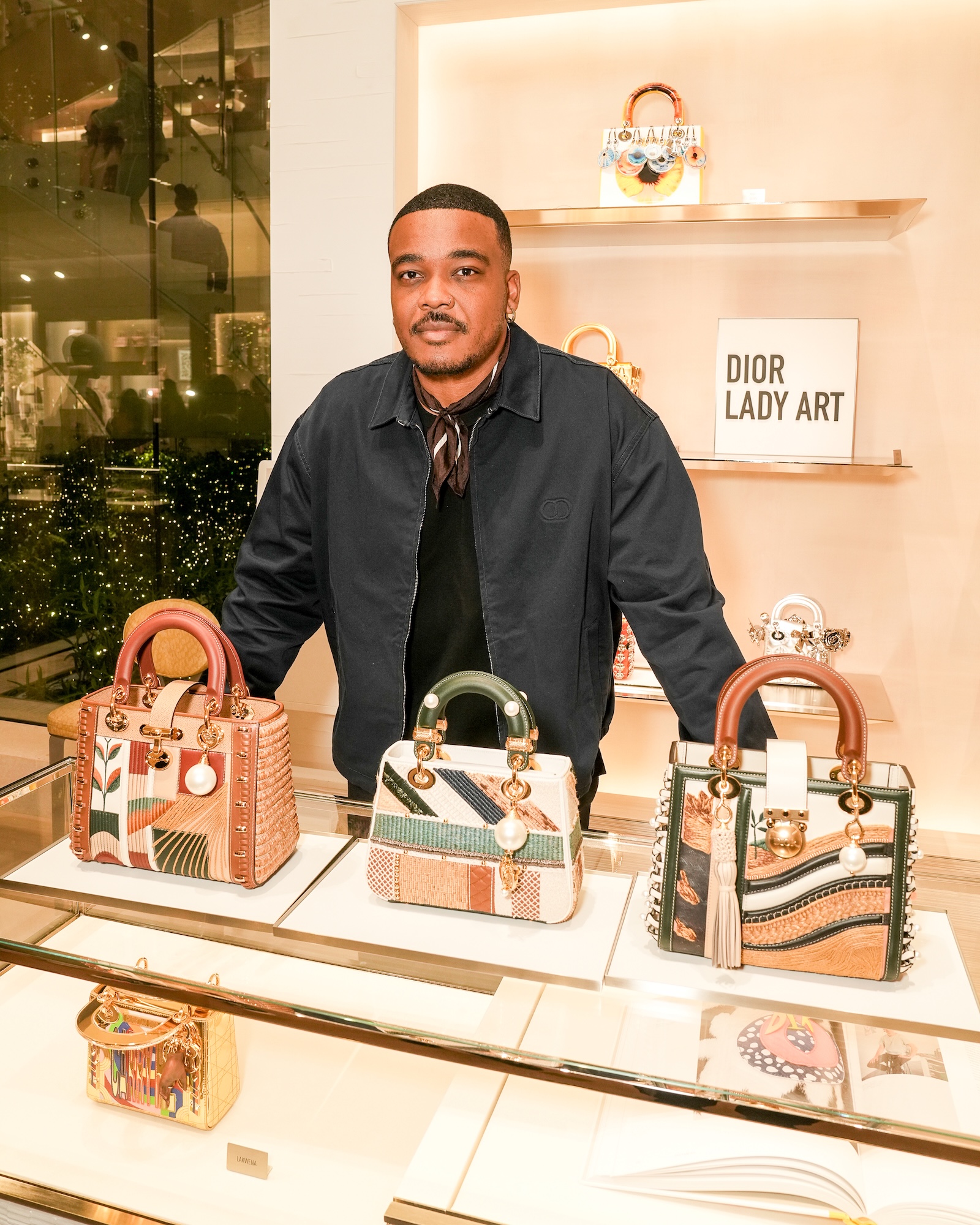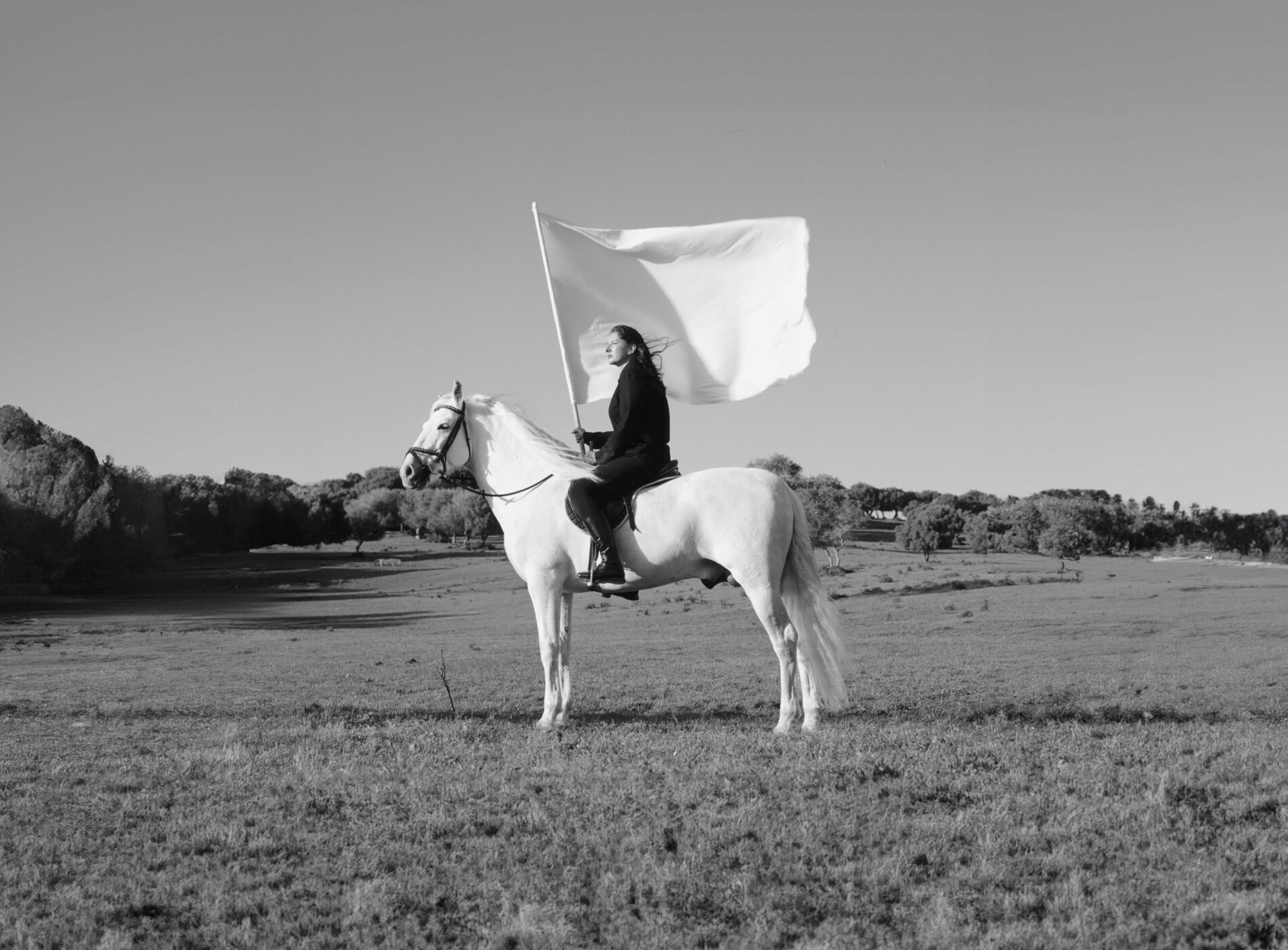

Installation view from Sanatorium, (2013). Courtesy Whitechapel Gallery, London.


Installation view from Museum of Hypothetical Lifetimes, (2013). Courtesy Whitechapel Gallery, London.


Installation view from Transmigration Express, (2011). Courtesy Solomon R. Guggenheim Foundation, New York. Photo: © Kristopher Mckay.
[](https://flaunt-mag.squarespace.com/config/pages/587fe9d4d2b857e5d49ca782#)[](https://flaunt-mag.squarespace.com/config/pages/587fe9d4d2b857e5d49ca782#)
Pedro Reyes
A Golden Cage Is Still a Cage
“I’m very interested in making platforms for people to connect without using technology. It’s not like I have anything against technology, but I actually think that we need spaces to learn ways to produce content without technology. \[Technology\] is everywhere, it’s ubiquitous, so if we can spend less time in front of a screen—it’s a good thing.” Pedro Reyes says this from his position in the passenger seat of a car, his wife at the wheel, his kids, who I can hear periodically giggling, presumably in the backseat. I imagine them half-listening, heads lolling with car trip fatigue.
Pedro Reyes is a Mexico City-based (a city he affectionately describes as “funky, dirty, crazy”) mixed-media artist. This December, he’ll open the Institute of Contemporary Art, Miami with _Sanatorium_, “a transient clinic which provides short, unexpected therapies. The only way to experience this project is to sign up as a patient.” Therapies include shamanism, the economy of guilt, and visual ordinance. The exhibit will run through March 2015, and had previously found its home at the Guggenheim in 2011.
Despite the tendency to lump mixed-media communicative art in the performance category, Reyes’ work is less performance and more project. His 2012 exhibit _Imagine_ consisted of 50 consumer-ready musical instruments fashioned out of destroyed weapons. The exhibit traveled—as is seemingly the case with all of Reyes’ exhibits—to South Korea, Turkey, London.
For a moment, ear-pressed to the receiver, straining to hear Reyes across our shared telephone signals, I imagine how much of a disconnect there might be in this auditory transaction. In the same way that when I picked up and said, “Hello,” Reyes responded with “Hola.” To put it plainly—there’s no way people in Turkey are listening to the same thing as people in South Korea.
“I used local bands,” Pedro says easily, as if anticipating this perceived fallacy. It’s in this moment that one sees what makes Reyes’ art compelling: he approaches a problem by giving in to it. Even the process of building upon an idea feels unlabored, he describes it by using words like “invitation” and “opportunity.” And Reyes is comfortable with the fact that sometimes you just have to wait.
There’s elegance in the simplicity of a diplomatic solution. It makes one wonder why we cannot balance our desires with the free will of others, why approximately 32,000 people die from gunshot wounds in the U.S. annually, why 43 students went missing in the middle of the night for asking _why_—lest they interrupt a dinner party (an incident Reyes describes as “not isolated”).
The world is complicated, sure, and Reyes just does what he can: acknowledging the city that bore him, “there’s always a beautiful paradise and amazing things happening, and a lot of crazy things. I honestly believe Mexico City is the best place in the world. I wouldn’t move anywhere because I really love it. This is a city where there are at least 25 museums that show contemporary art, there are always amazing things to see. But at the same time you have terrible things going on. It’s a lot of contrast,” making time and space to ask questions and then listening intently to all of the possible solutions.
For now he is passing through the city he loves, he is with his family, he seems grateful.
 
Installation view from Sanatorium, (2013). Courtesy Whitechapel Gallery, London.

Installation view from Sanatorium, (2013). Courtesy Whitechapel Gallery, London.
 
Installation view from Museum of Hypothetical Lifetimes, (2013). Courtesy Whitechapel Gallery, London.

Installation view from Museum of Hypothetical Lifetimes, (2013). Courtesy Whitechapel Gallery, London.
 
Installation view from Transmigration Express, (2011). Courtesy Solomon R. Guggenheim Foundation, New York. Photo: © Kristopher Mckay.
[](https://flaunt-mag.squarespace.com/config/pages/587fe9d4d2b857e5d49ca782#)[](https://flaunt-mag.squarespace.com/config/pages/587fe9d4d2b857e5d49ca782#)
Pedro Reyes
A Golden Cage Is Still a Cage
“I’m very interested in making platforms for people to connect without using technology. It’s not like I have anything against technology, but I actually think that we need spaces to learn ways to produce content without technology. \[Technology\] is everywhere, it’s ubiquitous, so if we can spend less time in front of a screen—it’s a good thing.” Pedro Reyes says this from his position in the passenger seat of a car, his wife at the wheel, his kids, who I can hear periodically giggling, presumably in the backseat. I imagine them half-listening, heads lolling with car trip fatigue.
Pedro Reyes is a Mexico City-based (a city he affectionately describes as “funky, dirty, crazy”) mixed-media artist. This December, he’ll open the Institute of Contemporary Art, Miami with _Sanatorium_, “a transient clinic which provides short, unexpected therapies. The only way to experience this project is to sign up as a patient.” Therapies include shamanism, the economy of guilt, and visual ordinance. The exhibit will run through March 2015, and had previously found its home at the Guggenheim in 2011.
Despite the tendency to lump mixed-media communicative art in the performance category, Reyes’ work is less performance and more project. His 2012 exhibit _Imagine_ consisted of 50 consumer-ready musical instruments fashioned out of destroyed weapons. The exhibit traveled—as is seemingly the case with all of Reyes’ exhibits—to South Korea, Turkey, London.
For a moment, ear-pressed to the receiver, straining to hear Reyes across our shared telephone signals, I imagine how much of a disconnect there might be in this auditory transaction. In the same way that when I picked up and said, “Hello,” Reyes responded with “Hola.” To put it plainly—there’s no way people in Turkey are listening to the same thing as people in South Korea.
“I used local bands,” Pedro says easily, as if anticipating this perceived fallacy. It’s in this moment that one sees what makes Reyes’ art compelling: he approaches a problem by giving in to it. Even the process of building upon an idea feels unlabored, he describes it by using words like “invitation” and “opportunity.” And Reyes is comfortable with the fact that sometimes you just have to wait.
There’s elegance in the simplicity of a diplomatic solution. It makes one wonder why we cannot balance our desires with the free will of others, why approximately 32,000 people die from gunshot wounds in the U.S. annually, why 43 students went missing in the middle of the night for asking _why_—lest they interrupt a dinner party (an incident Reyes describes as “not isolated”).
The world is complicated, sure, and Reyes just does what he can: acknowledging the city that bore him, “there’s always a beautiful paradise and amazing things happening, and a lot of crazy things. I honestly believe Mexico City is the best place in the world. I wouldn’t move anywhere because I really love it. This is a city where there are at least 25 museums that show contemporary art, there are always amazing things to see. But at the same time you have terrible things going on. It’s a lot of contrast,” making time and space to ask questions and then listening intently to all of the possible solutions.
For now he is passing through the city he loves, he is with his family, he seems grateful.

Installation view from Transmigration Express, (2011). Courtesy Solomon R. Guggenheim Foundation, New York. Photo: © Kristopher Mckay.
[](https://flaunt-mag.squarespace.com/config/pages/587fe9d4d2b857e5d49ca782#)[](https://flaunt-mag.squarespace.com/config/pages/587fe9d4d2b857e5d49ca782#)
Pedro Reyes
A Golden Cage Is Still a Cage
“I’m very interested in making platforms for people to connect without using technology. It’s not like I have anything against technology, but I actually think that we need spaces to learn ways to produce content without technology. \[Technology\] is everywhere, it’s ubiquitous, so if we can spend less time in front of a screen—it’s a good thing.” Pedro Reyes says this from his position in the passenger seat of a car, his wife at the wheel, his kids, who I can hear periodically giggling, presumably in the backseat. I imagine them half-listening, heads lolling with car trip fatigue.
Pedro Reyes is a Mexico City-based (a city he affectionately describes as “funky, dirty, crazy”) mixed-media artist. This December, he’ll open the Institute of Contemporary Art, Miami with _Sanatorium_, “a transient clinic which provides short, unexpected therapies. The only way to experience this project is to sign up as a patient.” Therapies include shamanism, the economy of guilt, and visual ordinance. The exhibit will run through March 2015, and had previously found its home at the Guggenheim in 2011.
Despite the tendency to lump mixed-media communicative art in the performance category, Reyes’ work is less performance and more project. His 2012 exhibit _Imagine_ consisted of 50 consumer-ready musical instruments fashioned out of destroyed weapons. The exhibit traveled—as is seemingly the case with all of Reyes’ exhibits—to South Korea, Turkey, London.
For a moment, ear-pressed to the receiver, straining to hear Reyes across our shared telephone signals, I imagine how much of a disconnect there might be in this auditory transaction. In the same way that when I picked up and said, “Hello,” Reyes responded with “Hola.” To put it plainly—there’s no way people in Turkey are listening to the same thing as people in South Korea.
“I used local bands,” Pedro says easily, as if anticipating this perceived fallacy. It’s in this moment that one sees what makes Reyes’ art compelling: he approaches a problem by giving in to it. Even the process of building upon an idea feels unlabored, he describes it by using words like “invitation” and “opportunity.” And Reyes is comfortable with the fact that sometimes you just have to wait.
There’s elegance in the simplicity of a diplomatic solution. It makes one wonder why we cannot balance our desires with the free will of others, why approximately 32,000 people die from gunshot wounds in the U.S. annually, why 43 students went missing in the middle of the night for asking _why_—lest they interrupt a dinner party (an incident Reyes describes as “not isolated”).
The world is complicated, sure, and Reyes just does what he can: acknowledging the city that bore him, “there’s always a beautiful paradise and amazing things happening, and a lot of crazy things. I honestly believe Mexico City is the best place in the world. I wouldn’t move anywhere because I really love it. This is a city where there are at least 25 museums that show contemporary art, there are always amazing things to see. But at the same time you have terrible things going on. It’s a lot of contrast,” making time and space to ask questions and then listening intently to all of the possible solutions.
For now he is passing through the city he loves, he is with his family, he seems grateful.



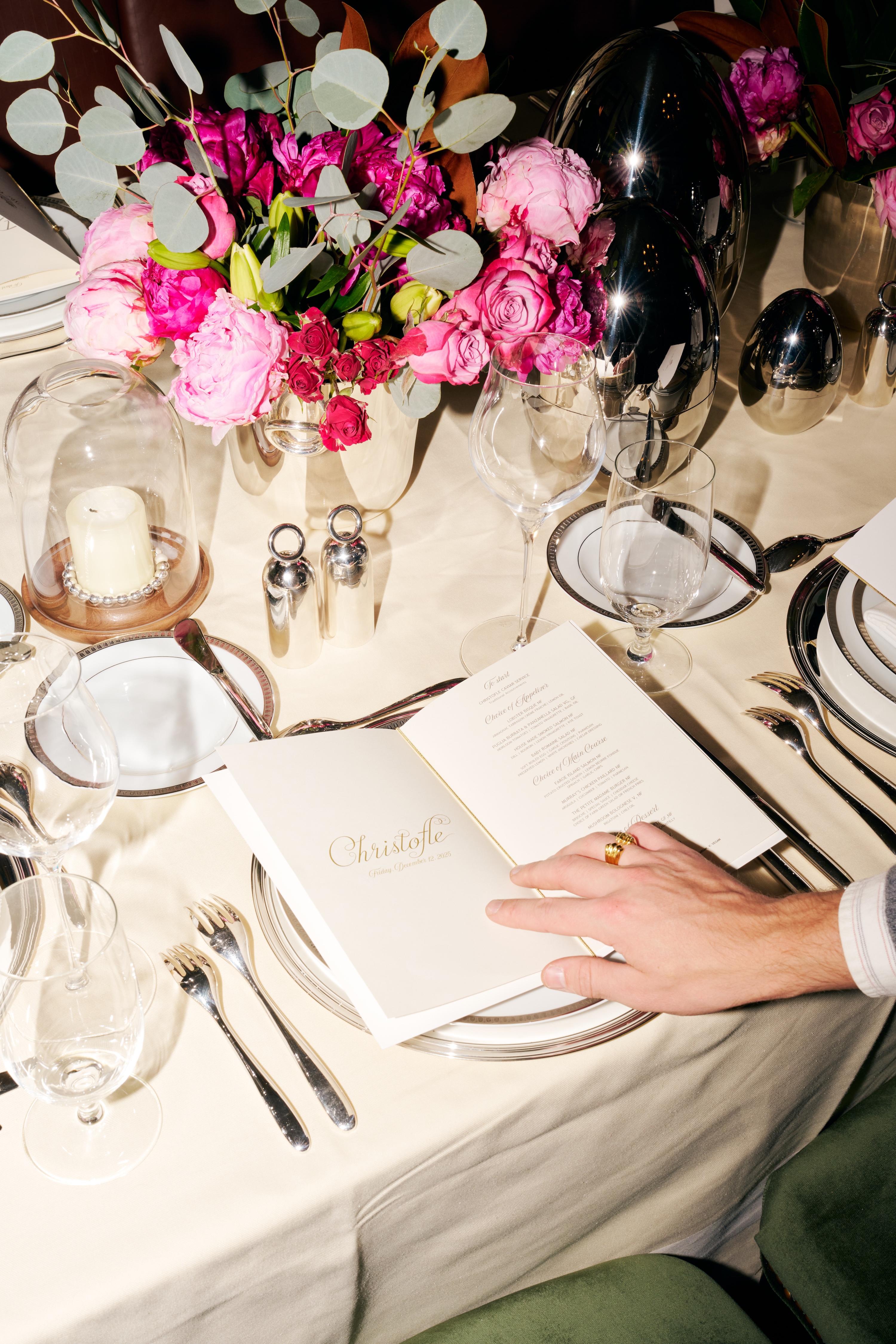

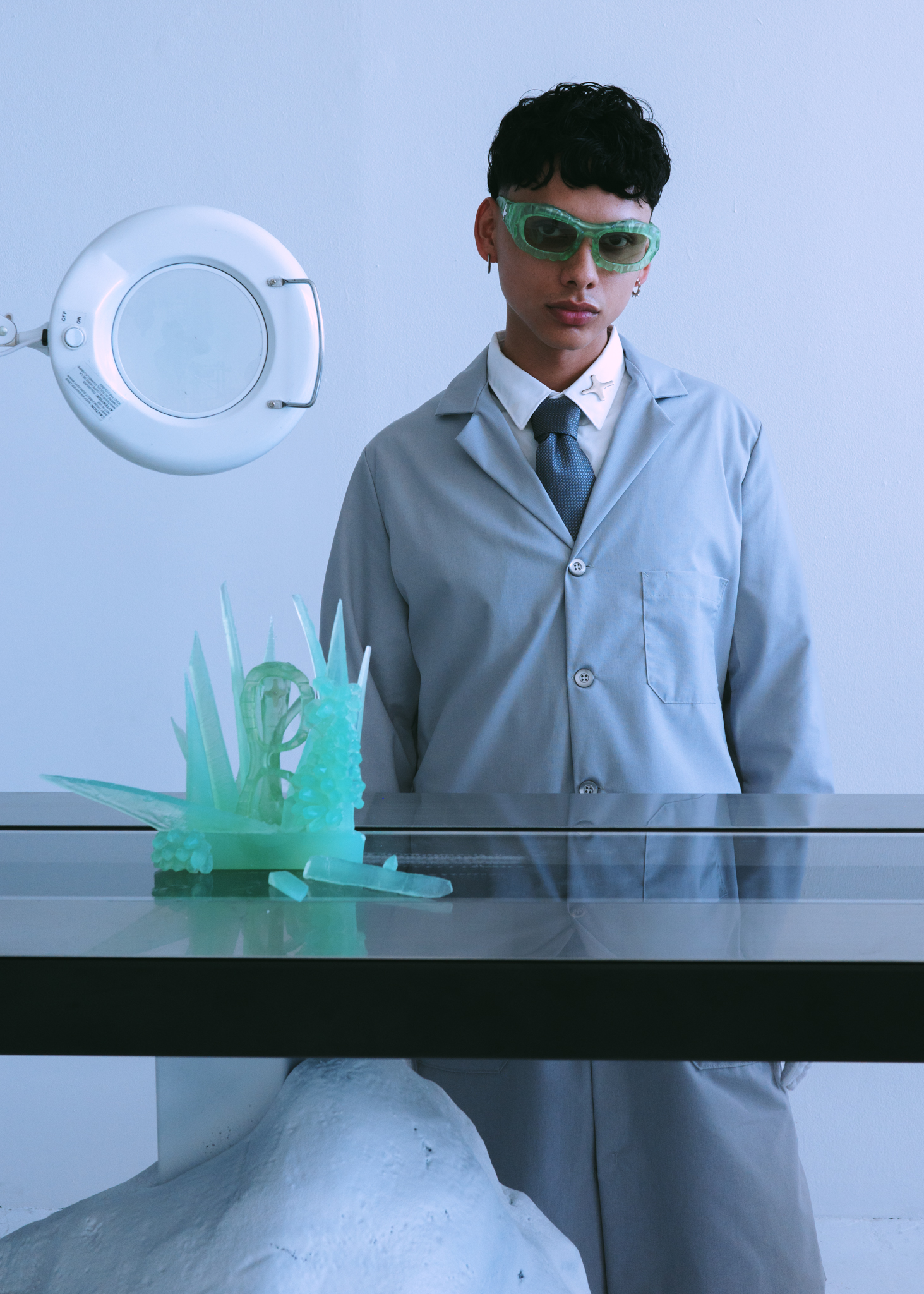
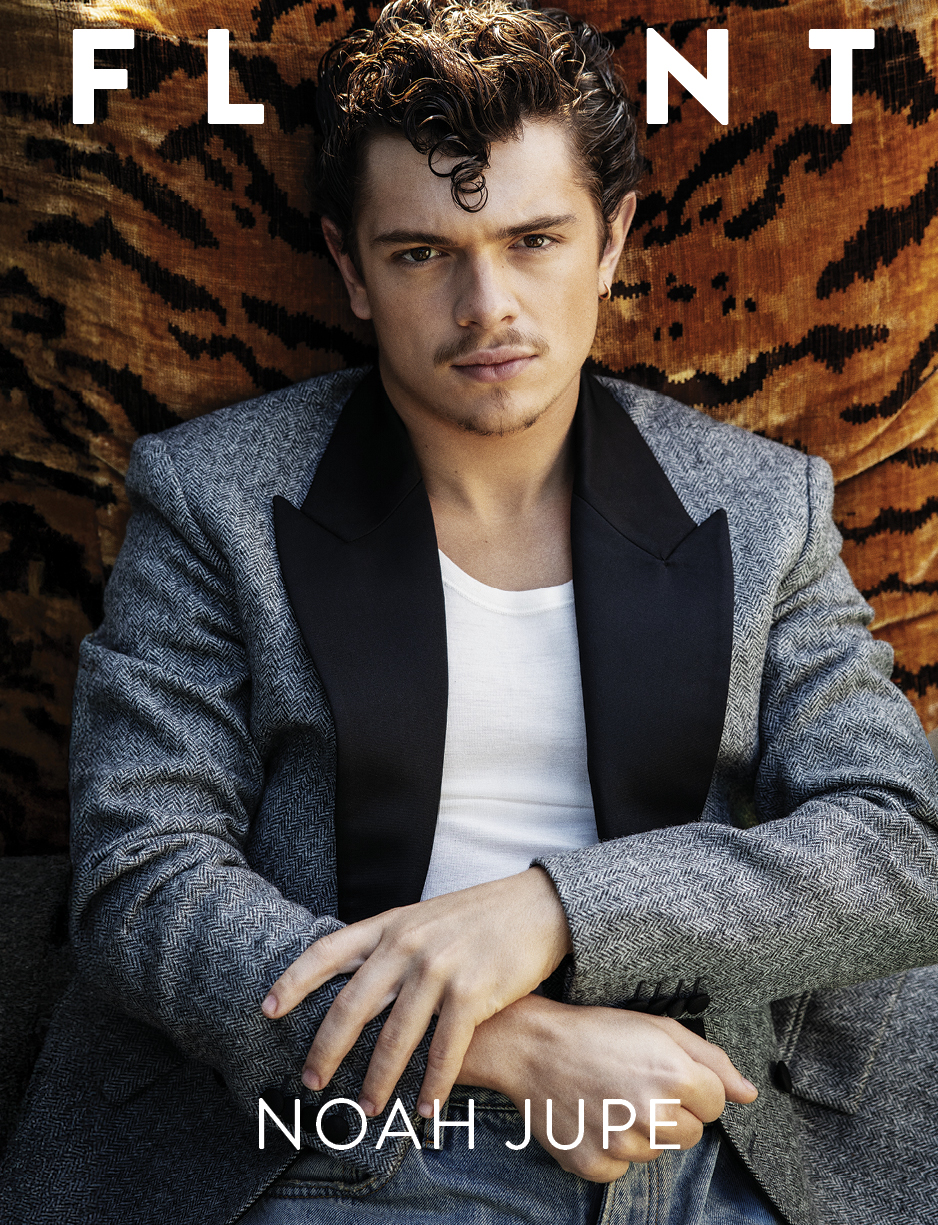
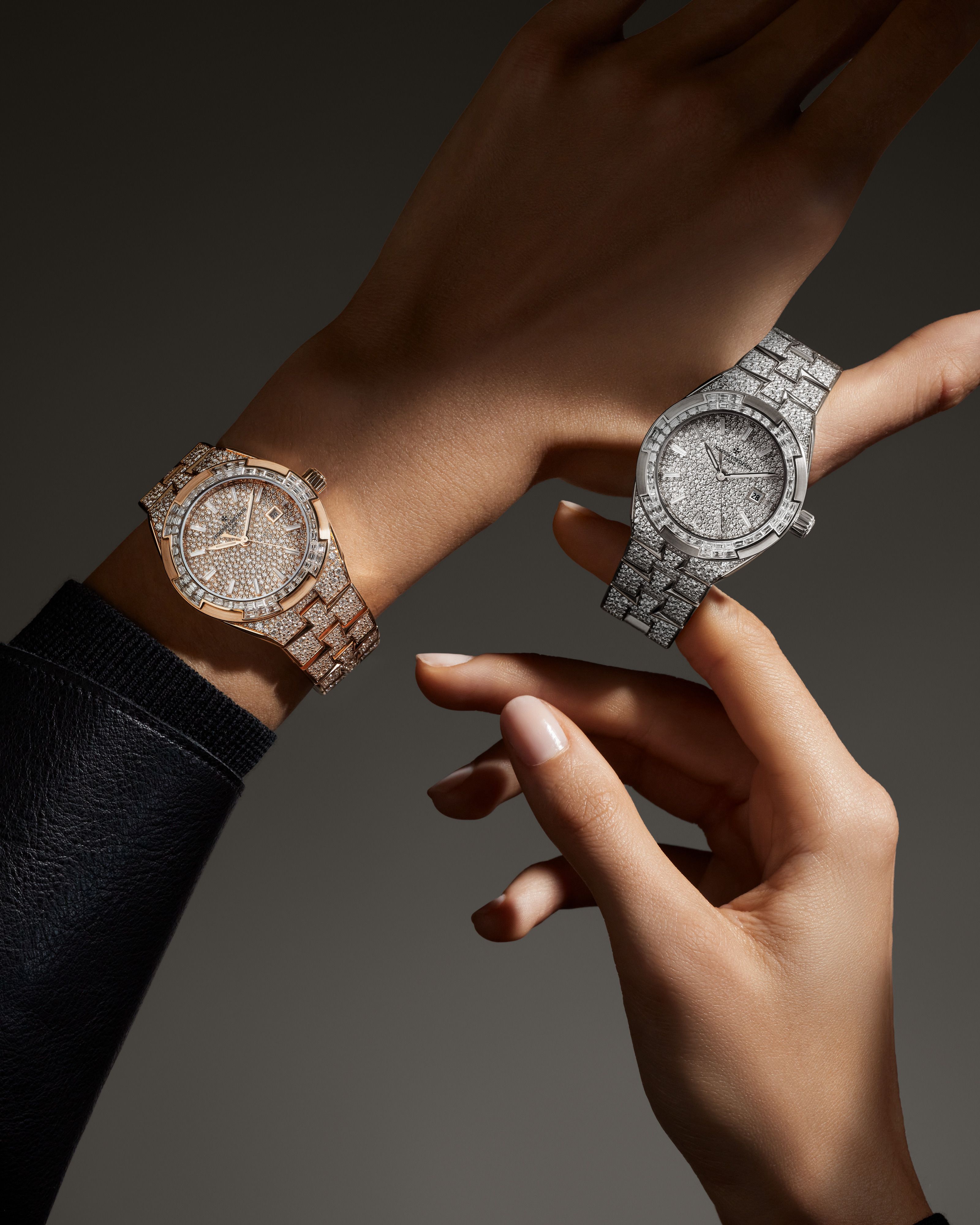

.JPG)
.jpg)
